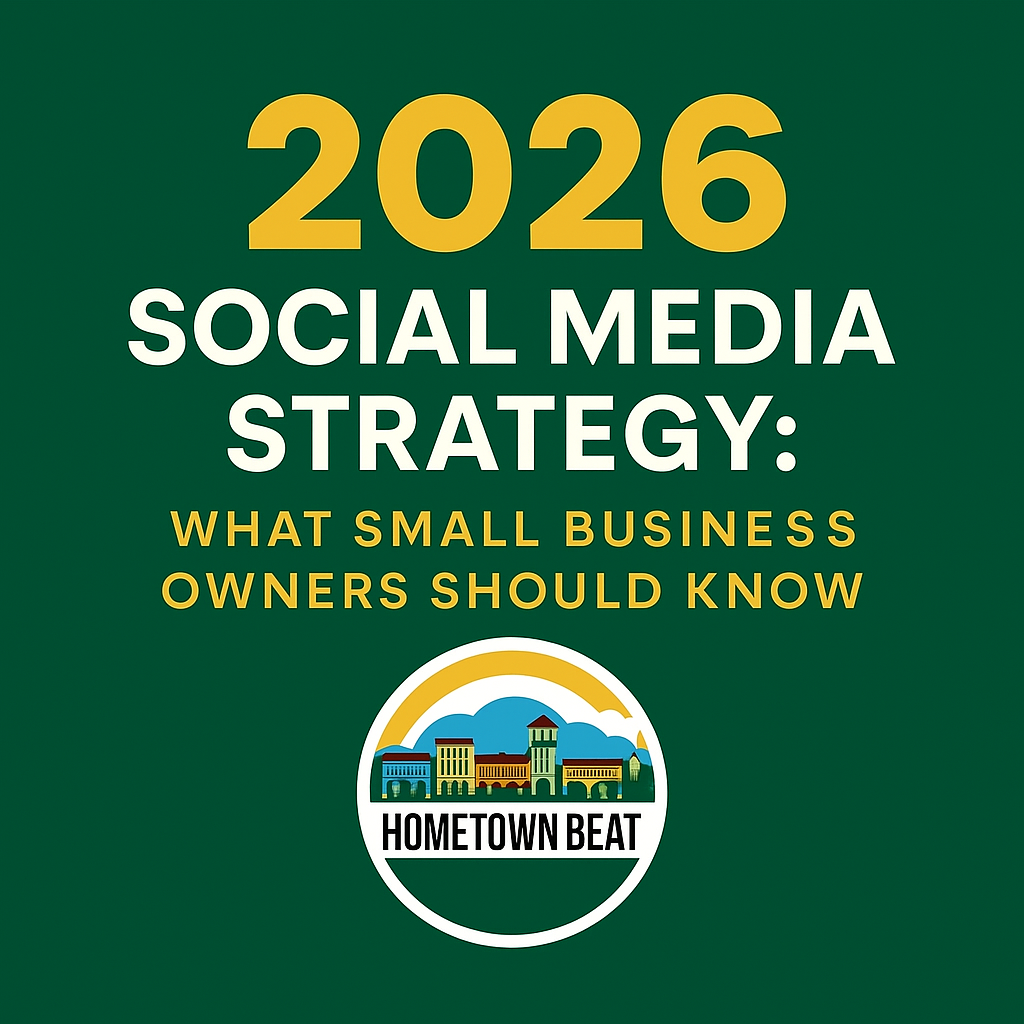In GEO, brand mentions do what links alone can’t


Short for generative engine optimization, it’s quickly becoming the industry’s biggest buzzword – one that’s sparked heated debate, frustrated much of the SEO community, and yet continues to gain traction.
Backed by Silicon Valley VC hype and easy to grasp in theory, GEO might be the most significant shift in SEO in a decade.
But it’s not just a rebrand. GEO is fundamentally different, and understanding that difference is critical.
This article breaks down how brand mentions and links work within generative engine optimization and how to approach them strategically.
The function of links in GEO
Links still matter in GEO, but perhaps not as much as in traditional SEO.
Links still play a crucial role in the web’s ecology, providing search engines with valuable information about your website and brand.
However, when it comes to generative engine optimization, you may need fewer links than in traditional SEO, as the long-tail and highly specific search queries used by generative engines are often less competitive.
But you should still build links. People are still using search engines, and LLMs leverage search engines, so you can’t throw SEO and links away.
Why brand mentions matter in GEO
Brand mentions are critical in GEO because natural language processing (NLP) and machine learning models rely on them to reduce ambiguity and increase certainty in their results.
Mutual information around a topic, entity, or subject helps NLP systems to better understand content.
Think of the word “president.” Sure, the systems know what a president is, but adding “Trump” afterwards gives the systems more certainty around which president you’re talking about.
In an oversimplified way, that’s what mutual information is.
As a brand gets mentioned in relation to the products, services, or industry it operates in, it becomes an authoritative source of information on those topics.
Search engines and generative engines use brand mentions as a signal of authority and relevance, much like links have been used in traditional SEO.
The large databases and constantly refreshed data that power generative engines mean brand mentions play an even more crucial role than in standard search engine optimization.
These mentions provide the mutual information and context needed for the language models to confidently answer specific, long-tail queries.
In GEO, building a strong presence through brand mentions should be a top priority, alongside (but potentially more important than) traditional link building efforts.
The goal is to establish your brand as an authoritative source on the topics and queries relevant to your business.
So, how do you do this?
Think marketing communications, not links
When it comes to building brand mentions, the focus should be on marketing communications, not just link building.
To gain the best results for GEO, you need to become hyper-specific in your approach to generating brand mentions.
The goal is to supply the language models powering generative engines like ChatGPT , Gemini , and Perplexity with the relevant mutual information and context they need.
So, how do you do this?
There are several key strategies for effectively communicating information about your brand online.
- Targeted media outreach and public relations efforts to get your brand mentioned in relevant industry publications and blogs.
- Actively participating in online communities, forums, and social media discussions related to your products, services, or industry.
- Creating and promoting high-quality, informative content that positions your brand as an authority on key topics.
- Leverage influencer marketing and brand ambassador programs to increase your brand’s visibility.
The key is to think beyond just links.
Focus on building a robust presence through diverse marketing communications that provide the mutual information and context generative engines need.
Targeted media outreach and public relations
Targeted media outreach and public relations efforts are crucial for generating the high-quality, contextual brand mentions that are so valuable for GEO.
Digital PR should now focus on securing brand placements and mentions in relevant industry publications and media outlets.
The goal is to get your brand referenced in the right context, providing the mutual information the language models powering generative engines need.
To do this effectively:
- Identify the key industry publications, blogs, podcasts, and other media channels where your target customers and prospects are consuming content. Tools such as SparkToro will allow you to see what publications your audience reads.
- Develop a targeted media outreach strategy to pitch story ideas, comment on trending topics, and position your brand as an authority.
- Leverage your company’s subject matter experts, thought leaders, and spokespeople to secure guest posts, interviews, and other branded content opportunities.
- Monitor media coverage and engagement to identify additional opportunities for brand mentions and expand your reach.
The focus should be on building a strong presence through high-quality, contextual brand mentions – not just links.
This will help ensure your brand is visible and recognized as an authority by the language models powering generative engines.
Bonus tip: Watch the publications making LLM deals
A bonus tip here is to look out for publications making LLM deals. This is happening more and more.
ChatGPT, in particular, is making deals with publishers to obtain their content and use it in its systems. As a result, they’re more likely to surface that content in their answers.
Dig deeper: OpenAI’s growing list of partnerships
Actively participating in online communities, forums, and social media discussions
Back in 2016, I engaged in a strategy where we would have freelancers join relevant Reddit groups, Facebook communities, and other online forums related to our clients’ industries.
The goal was for them to actively participate, build trust over 4-5 weeks, and then start sharing our clients’ content.
The freelancers would join these communities and actively participate, engaging with posts and discussions in a natural, authentic way.
After building up trust over several weeks, they would then share our clients’ relevant content, often introducing it by saying something like “Hey, I just found this and wanted to get your thoughts.”
This approach might still work today, for a few key reasons:
- It generates genuine public responses and feedback on the content, both positive and negative.
- It helps build mutual information and mentions around our clients’ brands within these online communities.
- As language models and generative engines increasingly leverage social media signals, this type of organic community engagement can become a valuable part of GEO strategy.
Brands need to be cautious when engaging in online communities, as overt promotional tactics can backfire.
There are also options to partner directly with community moderators and admins to sponsor discussions or host Q&A sessions that feature your brand transparently.
Creating high-quality, informative content to share organically through relevant channels can also be an effective approach.
The core idea is to focus on building genuine relationships and providing mutual information, rather than relying on covert tactics.
This type of authentic community engagement will be increasingly important for generative engine optimization in the years to come.
Creating and promoting high-quality, informative content
If you follow me online, you’ll know that I’m against creating content that chases keywords.
Creating content that people wouldn’t know how to search for is key.
- Expected content : This is content you expect to find if you search.
- Unexpected content: Refers to information that people can’t search for because they are unaware of its existence. I suggest focusing on this.
Creating and promoting high-quality, informative content matters more than ever for GEO.
Not only can it help increase your brand’s visibility and credibility, but it can also provide the language models with new information and insights they haven’t encountered before.
his content doesn’t need to follow an “ultimate guide” format to be valuable.
Instead, focus on identifying unique angles, data-driven insights, or emerging trends that your audience will find genuinely helpful and informative.
The key is to create content that provides value beyond just keyword-driven SEO.
Share content such as:
- Original research.
- Expert analysis.
- Forward-looking perspectives.
This positions your brand as a trusted authority and earns valuable mentions and citations from both users and language models.
Don’t be afraid to tackle topics that haven’t been extensively covered. Focus on:
- Emerging needs.
- Unaddressed pain points.
- Areas of uncertainty in your industry.
This kind of content is more likely to resonate with your audience and the language models powering GEO.
Leveraging influencer marketing
Instagram recently announced that it would allow the web to index all its content, which matters for GEO.
Indexed content from Instagram will now show up in search results.
This means leveraging the power of influencer marketing can be a valuable tactic for GEO.
By creating micro-influencer programs, you can seed mentions of your brand, products, and industry across a wide range of niche audiences.
While big-name influencers can still have their place in social media marketing, the focus for GEO should be on maximizing the number of authentic, contextual brand mentions from micro-influencers with passionate, engaged followings.
These micro-influencers have more than social media presence. Many also have their own:
- Blogs.
- Newsletters.
- YouTube channels.
- Other web properties.
Partnering with them can introduce your brand to new audiences and increase your overall web presence and citation network.
The key benefit of influencer marketing for GEO is the ability to generate a high volume of contextual, authoritative brand mentions across a diverse set of web properties and audiences.
Mass adoption increases ambiguity
It’s worth revisiting a core principle of natural language processing: machines dislike uncertainty and work hard to reduce ambiguity.
That remains true in GEO – but there’s a twist.
As more brands adopt the same tactics, such as generating large volumes of brand mentions, they risk introducing more ambiguity, not less.
Language models can begin to struggle with signal noise, making it harder to differentiate true authority.
This dynamic is not unlike the early days of PageRank, when popularity tactics eventually triggered the need for more sophisticated filtering systems.
The takeaway: GEO tactics won’t stay static.
What works today may lose effectiveness tomorrow as language models evolve to cut through generic, overused strategies and focus on deeper signals of trust and relevance.
To stay ahead, you’ll need to remain agile – closely watching how generative engines respond to scale, repetition, and spam.
Evolve with them, and you’ll continue to earn visibility where it matters.









